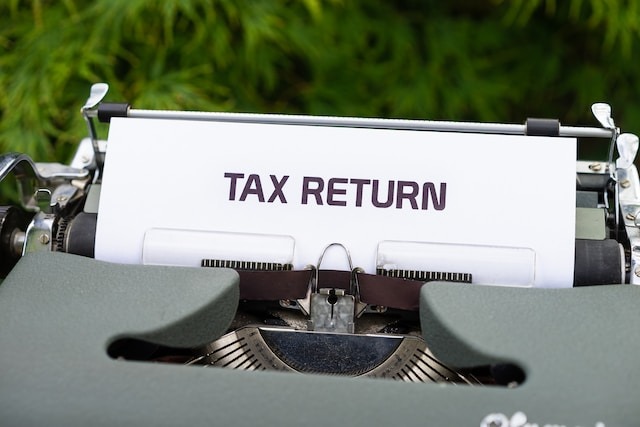Many myths and a lot of misinformation surround R and D tax credits (often written as R&D tax credits). It’s a serious problem because these misconceptions can deter business owners like you from claiming the advantage scheme, even when they are entirely eligible for it.
So, we thought it would be worthwhile to examine some of the myths of R&D and dispel them so you can feel comfortable with your valuable R&D project.
Myth 1: Only large companies can claim R&D tax relief
This myth is simply untrue, but it stems from an understandable place. R&D concerns projects related to science and technology, so it can feel like only the biggest innovators can claim the relief.
However, you might be surprised to learn that small businesses across the UK can make the same sort of developments that qualify for tax credits. Indeed, the Government currently has two R&D tax relief schemes, one for larger companies and another specifically targeted at SMEs.
So, there are multiple schemes. But what might surprise you is that in 2021/22, the vast majority of claims (79,205) were part of the SME scheme, as opposed to the larger research and development expenditure credit (11,115). Yes, the Government wants to combine the two schemes, but the fact is that many small businesses claim every year – so don’t think that R&D tax relief is only for the big players!
Myth 2: Tax credits are only available for successful projects
The point of R&D is to learn something. That means if you made an advancement in your field, overcame a scientific or technological uncertainty, and your work could not have easily been replicated by a professional in the field, then your project should qualify for relief.
However, what is crucial to understand is that disproving or finding that a method or process does not work is also part of the learning process. You have still made an advancement in your field, and you can still claim for tax relief!
Myth 3: R&D tax credits are only for innovation within the scientific sector
When you say “R&D”, you may think of scientists in lab coats or computer scientists transforming technology. If you do, that’s understandable – it’s another common myth.
Instead, R&D is about applied science and technology in all sectors. For claimants, these terms refer to the means that they seek to make an advancement in their specific field — such as streamlining a business operation or developing and testing a new product.
Myth 4: You must create a completely new product or process to be eligible
This common misconception stems from the fact that R&D tax relief used to work this way. However, the Government came to understand that this was an unreasonable expectation, so HMRC now says:
“Your project may research or develop a new process, product or service or improve on an existing one.”
Those last five words tell you everything you need to know – you do not have to create a completely new product or service to qualify for the scheme.
Myth 5: You can only claim for the current financial year
When claiming R&D tax credits for the first time, you can claim for your last two accounting periods. That means that if your current accounting year is coming to an end soon, it’s best to claim before potentially losing out on a year’s worth of a claim.
With that in mind, always make sure to keep track of all the R&D expenses your business incurs and claim before the two-year deadline passes.
If you need help with your R and D tax credit claim, get in touch with us today. We’ll assist you in securing your claim so you get the relief and credits you’re due.
